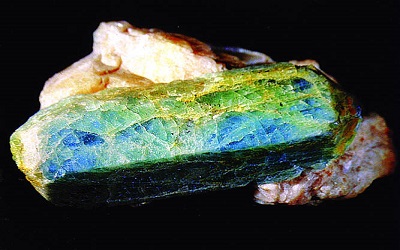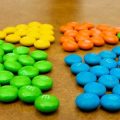随着PTE考生对PTE口语和PTE听力的重视,大家口语和听力的分数得到极大提高,但是PTE阅读渐渐成为考生们新的难题。
墨尔本悉尼文波PTE特别为PTE考生们挑选了适合练习PTE阅读的文章,主题,内容,长度都与PTE阅读题中的文章相似。激活学过的词汇,更新新的词汇,提高阅读速度,全面提升自己的阅读能力。
The phosphorus nuclei have a quantum property called spin, which makes them rather like little magnets with poles pointing in particular directions. In an entangled state, the spin of one phosphorus nucleus depends on that of the other.
Put another way, entangled states are really superposition states involving more than one quantum particle.
Fisher says that the quantum-mechanical behaviour of these nuclear spins could plausibly resist decoherence on human timescales. He agrees with Tegmark that quantum vibrations, like those postulated by Penrose and Hameroff, will be strongly affected by their surroundings “and will decohere almost immediately”. But nuclear spins do not interact very strongly with their surroundings.
All the same, quantum behaviour in the phosphorus nuclear spins would have to be “protected” from decoherence.
This might happen, Fisher says, if the phosphorus atoms are incorporated into larger objects called “Posner molecules”. These are clusters of six phosphate ions, combined with nine calcium ions. There is some evidence that they can exist in living cells, though this is currently far from conclusive.
phosphorus: /’fɒsf(ə)rəs/ n. 磷
entangled: /ɪn’tæŋgld/ adj. 卷入的;陷入的
superposition: /ˌsjupəpəˈzɪʃən/ n. 重叠
plausibly: /’plɔ:zəbli/ adv. 似真地
postulated: /’pɑstʃəlet/ adj. 假定的
decohere: /ˌdiko’hɪr/ v. (使)回复灵敏度,(使)散屑
clusters: /’klʌstɚ/ n. 群集;簇
ions: /’aɪən/ n. <物>离子





